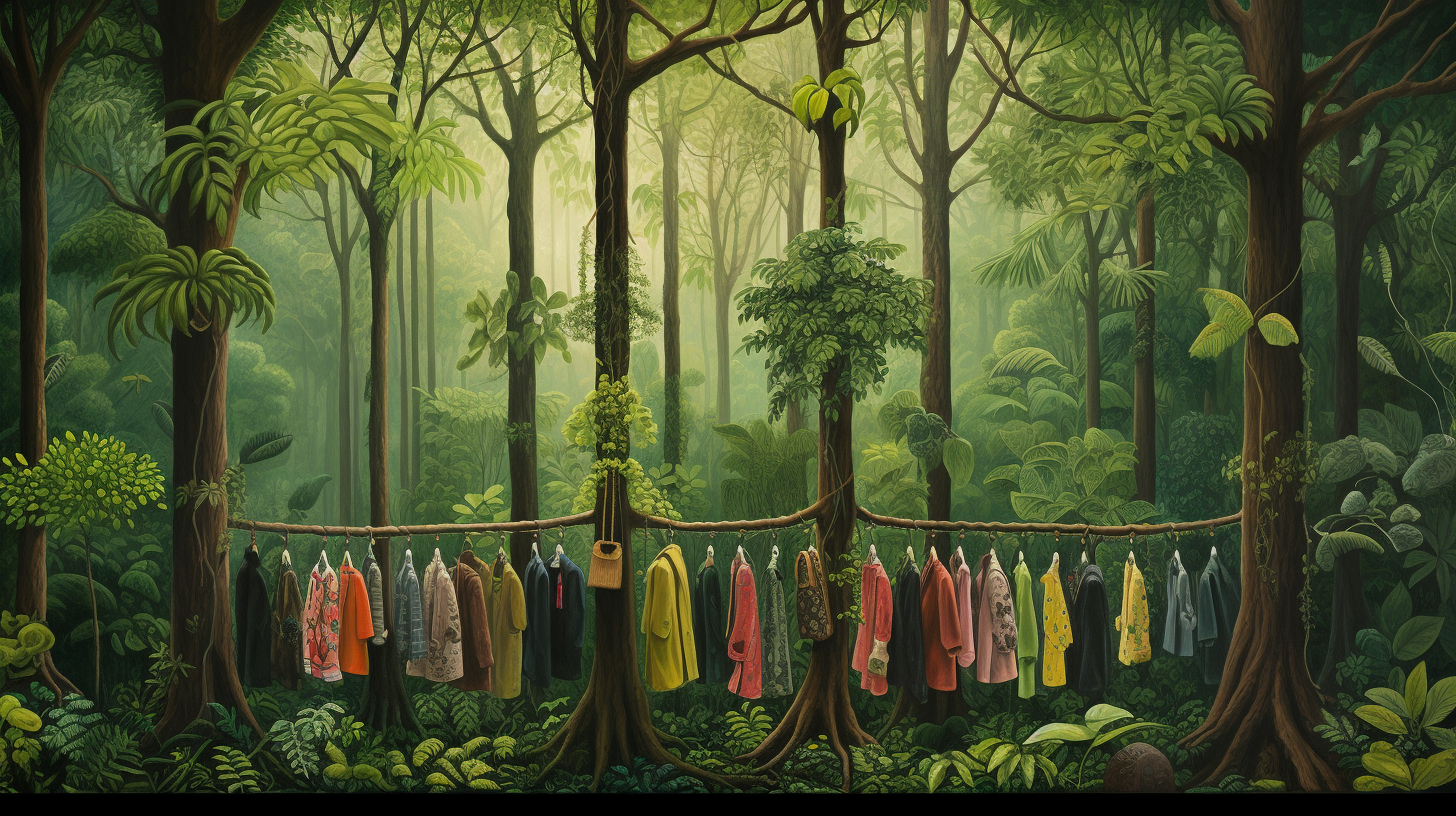The infamous annual sustainability report
Each year, brands most concerned with improving their sustainability credentials will release a report outlining their achievements and updated objectives.
Most of the time, the goals involve reducing the company’s overall carbon footprint by changing shipping methods, lowering water usage, rethinking resource-heavy materials, and implementing a clear path towards circularity.
These reports seem to glow with positivity in certain areas, but are also dotted with admissions of shortcomings. For example, the Danish affordable luxury brand Ganni’s latest report indicates that it is succeeding in switching to innovate eco-materials, which it is using to create carbon neutral ‘leather’ bags.
But an investigation by fashion sustainability experts at Good On You say the company falls behind on diversity and inclusion in its supply chain, has failed to provide evidence of proper working conditions and living wages for its garment workers, and needs significant improvement in its overall supply chain transparency.
Meanwhile, the sportswear giant Nike has been hailed for its global clothing and shoe recycling programs and has set science-based gameplans for reducing its carbon footprint, but has been known to use child labour and other exploitative practices during manufacturing.
Like many other brands, including luxury fashion houses, both Nike and Ganni deploy well-formed PR campaigns that showcase their progression in terms of incorporating low-carbon materials into their products and upcycling them later. This, intentionally or not, often works to shroud poor practices that take place behind the scenes.
Kenneth Pucker, former COO of Timberland writes for the Harvard Business Review: ‘The reasons for the industry’s sustainability let-down are complicated. Pressure for unrelenting growth summed with consumer demand for cheap, fast fashion have been a major contributors.’
Huge fast-fashion brands like SHEIN and Boohoo are amongst those delivering on consumers’ demands for low-cost and abundant products. This requires the use of cheap, fossil-fuel based fabrics woven together by poorly paid workers – something that is increasingly being frowned upon by society but is still not disappearing.
Does capitalism discourage sustainable fashion?
We could all just say that human life is inherently unsustainable and that the fashion industry – being as huge, resource heavy, and complex as it is – could never be sustainable.
However, just like placing full responsibility on consumers to make better choices is a cop out, so is this perspective. Even if it is the reality at present.
The move towards planet-friendly fashion lies in making the exploitative and environmentally unsustainable practices plaguing the industry at present illegal – or at the very least far less acceptable.
Some countries have already started doing so by targeting corporations with extended product responsibility policies (ERPs). These frameworks hold brands accountable for the pollution and ecological degradation they generate, while also setting out obligatory recycling and circularity thresholds.
Going further, governments should encourage a new age of eco-capitalism – a market where businesses that invest in and use environmentally technologies thrive above all others.
Part of this would be creating new environmental protection laws. For example, requiring textile factories that work in partnerships with brands to be powered by renewable energy, given that local governments do their job at building infrastructure for this to be possible.
Finally, it will require policymakers, businesses, financial institutions, and other stakeholders to work together to support and uplift companies that are adhering to laws related to sustainability, as well as those going above and beyond to ensure their supply chain is free of exploitation of workers.
It will be a giant war fought on many fronts, but if it happens, a booming fashion could exist in a profit-driven world – even if it takes dismantling the status quo piece by piece.




















